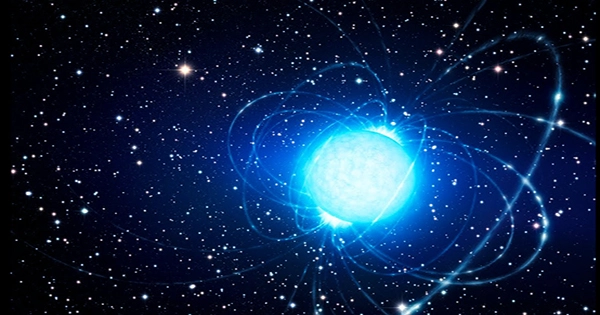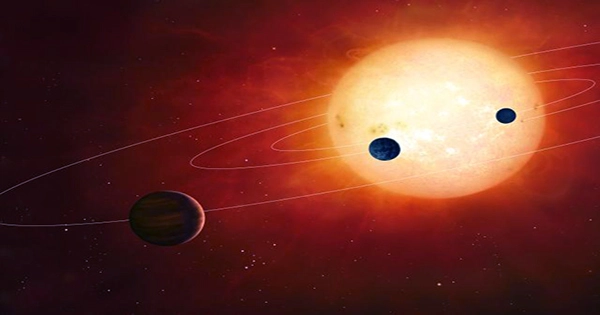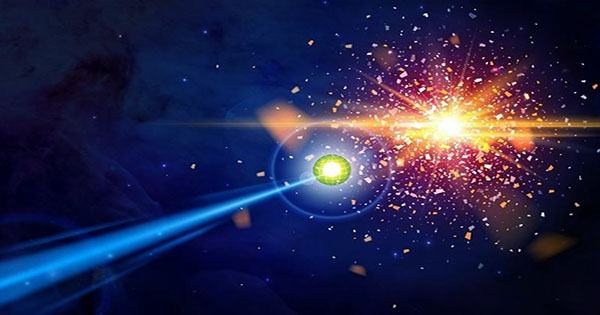The GRB 200415A magnetar explosion produced more energy in less than a tenth of a second than the Sun does in 100,000 years. Astronomers noticed extraordinarily brief brightness fluctuations within this explosion, the first time scientists have seen such rapid variations during a neutron star eruption. The findings came from a telescope that was built to examine Earth’s atmosphere from above, rather than one specifically for this purpose. Only roughly 30 magnetars have been discovered, making them a tiny subpopulation of neutron stars.
They combine the density of other neutron stars (the densest things outside of black holes in the universe) with magnetic fields of at least a hundred billion Teslas or 10 billion times the magnets in the Large Hadron Collider. They have known to have eruptions that last a few tenths of a second, but they have generally saturated observation equipment, making comprehensive investigation impossible.
GRB 200415A was discovered in April 2020 and confirmed using data from the Fermi Gamma-ray Space Telescope. Extra data was contributed from an unexpected source, the International Space Station’s Atmosphere Space Interactions Monitor (ASIM), and published in Nature. The findings have been thoroughly examined to see what we can learn about the matter in its most extreme condition from them.
Rather than looking directly at space objects, the ASIM monitors the Earth’s atmosphere, seeking “transient luminous phenomena” such as “elves,” “sprites,” and “blue jets” that occur above thunderstorms. However, because of its vast field of vision, it saw the magnetar explosion out of the corner of its eye and supplied more meaningful data than the purpose-built equipment. Such events are extremely difficult to witness in detail. The problem arises from the signal’s shortness since its amplitude rapidly decays and becomes engulfed in background noise.
It’s also tough to differentiate its signal since its linked noise,” stated Professor Victor Reglero of the University of Valencia in a statement. The observation equipment has saturated in most magnetar eruptions, rendering us oblivious to short-term brightness changes. When all other instruments were saturated, the ASIM remained unaffected, possibly because GRB2001415 was the most distant magnetar outburst ever discovered, originating in a star-forming area of the galaxy NGC 253, in the Sculptor group. Two quasi-periodic oscillations (QPOs) of 2,132 and 4,250 Hertz have been discovered using ASIM data.
“From a vantage point, it’s as if the magnetar wants to signal its presence to us from its cosmic solitary, singing in the kHz with the might of a billion Suns,” Reglero remarked. The QPOs are attributed to instabilities in the magnetosphere near the star’s surface or a starquake in the magnetar’s kilometer-deep crust, according to the article. One of them sent off Alfvén waves in the magnetosphere, which bounced back and forth across magnetic field lines, releasing enough energy to overwhelm other equipment 13 million light-years distant.
















